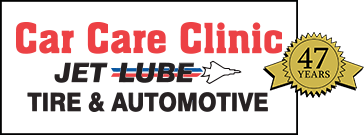Different grades of gasoline have different octane ratings. Regular gasoline has the lowest octane rating and premium the highest. Most gas stations also carry a mid-grade that falls in between the two. The octane range for the different grades of gas varies by region due to altitude differences.
Engines require different octane ratings because of design differences. For example, turbocharged engines usually require premium gas.
There’s a sticker on your gas tank filler lid that tells you the minimum octane rating your manufacturer recommends. Watch this video to learn more about octane levels.
[su_youtube_advanced url=”https://www.youtube.com/watch?v=BXdCkeonypQ” rel=”no”]
Read your owner’s manual carefully to see if it’s acceptable to use lower grades. Some cars can adapt. You might lose some performance, but it won’t do damage. With other engines, using a lower grade of fuel could result in serious damage; so you don’t want to save a couple of bucks at the pump only to pay it out a hundred fold at the repair shop.
Your car will run best on the grade of gasoline recommended by the manufacturer. Look up your vehicle at http://www.fueleconomy.gov to ensure your vehicle recommends premium gas or requires it.
Today’s computer controlled vehicles are optimized to run well on the recommended grade of fuel. Using a higher grade than is recommended will not give you any additional performance or better fuel economy.
Regulations require detergents for all grades of gasoline, so your engine will have the same protection, regardless of the grade of fuel you use. If you do hear some knocking or pinging from your engine, take it seriously and bring your vehicle in for a check. It may be a sign that you need a tune-up or some other repair.
In times of high gas prices, we’re all conscious of making our fuel dollar go further. Be sure to use the right gas for your car. Keep your tires properly inflated and your vehicle well maintained and you will get the best fuel economy possible.


